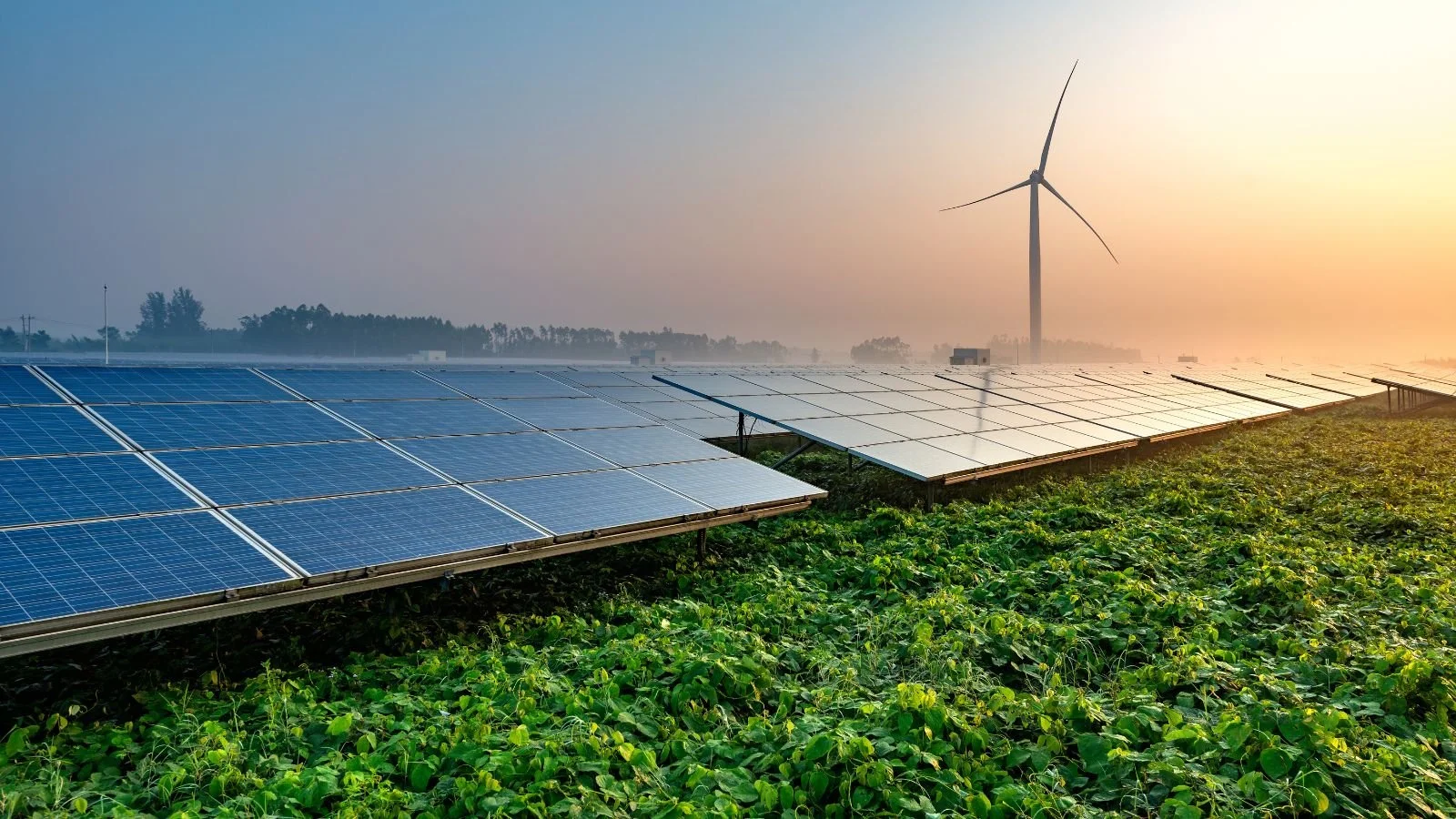The United States has begun to roll back several energy subsidies and incentives approved under the previous administration's Inflation Reduction Act (IRA). Notably, there have been slashes to renewable energy and green hydrogen incentives while tax credits related to carbon capture and sequestration appear to have been preserved. Eliminating the credits for renewable energy projects and green hydrogen projects in the US can potentially signal more attractive investments for these types of projects in other jurisdictions.
The IRA, enacted in 2022, aimed to curb inflation and address climate change by enhancing tax incentives for various initiatives. It encompassed $500 billion in new spending and tax breaks intended to promote clean energy, lower healthcare costs, and increase tax revenues.
The proposed changes were outlined in the US House Ways and Means Committee's draft budget reconciliation bill. These changes include the accelerated phaseout of tax credits, the elimination of transferability, the requirement for projects to be operational to qualify for tax credits, and stricter provisions regarding 'foreign entities of concern' (FEOC). These modifications are expected to affect the majority of clean energy projects in the US.
The proposed bill impacts the implementation of renewable energy projects (including wind and solar) and hydrogen projects. However, the tax credits for Carbon Capture and Sequestration (CCS), known as the 45Q tax credits, have remained largely unchanged. These credits were increased from US$17 per tonne to US$85 per tonne of carbon dioxide sequestered, a level described by some industry leaders as one of the most appealing CCUS incentives globally.
The bill may positively influence biofuels and carbon capture, as these clean technologies will continue to receive incentives, with biofuel credits potentially extended through 2031.
Of significant note, the bill proposes to eliminate the tax credit for clean hydrogen development, potentially jeopardizing green hydrogen projects in the US. This could create opportunities for investors to allocate capital outside of the US. Countries such as Trinidad and Tobago are actively seeking investments in renewable energy and green hydrogen projects to produce low-carbon methanol and ammonia. Other islands in the region, like Dominica and St. Kitts, which are exploring the development of power-to-X economies driven by geothermal resources, may also benefit from this situation.
Dr. Dale Ramlakhan, Project Director of NewGen Energy Ltd, underscored the urgency for Trinidad and Tobago to capitalize on shifting global investment trends. The U.S. policy shift reopens a critical window for nations like Trinidad to lead in low-carbon hydrogen. NewGen’s investment-ready status and four-year head start, positions Trinidad and Tobago not just to attract diverted capital but to set regional benchmarks. Investors seeking certainty will find no better launchpad than Trinidad and Tobago with the NewGen project, leading to a future-proofing of our energy economy and catalyzing our clean fuel production in green ammonia and methanol mainly driven by the IMO’s regulations on the maritime sector.


